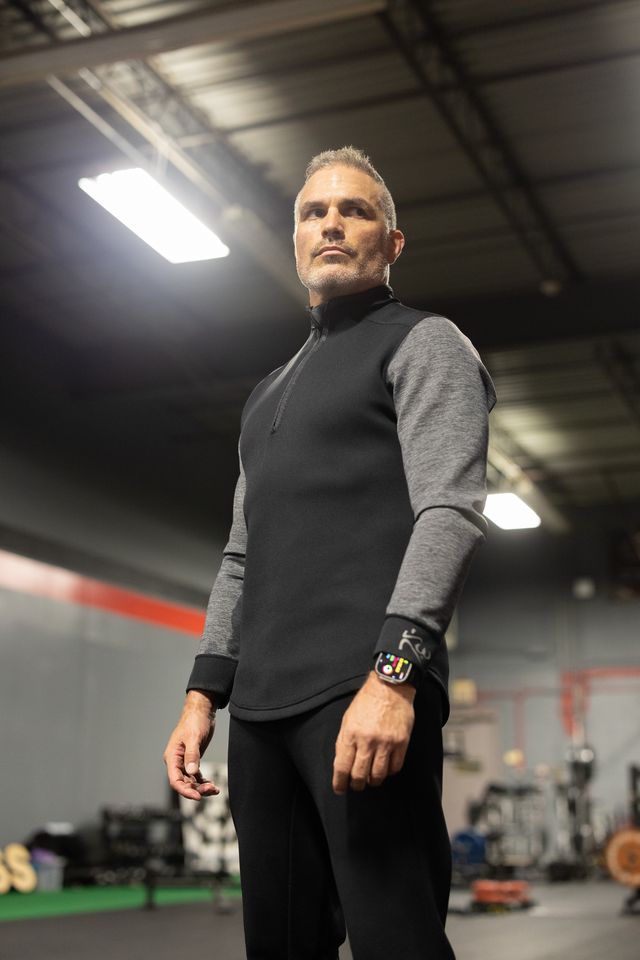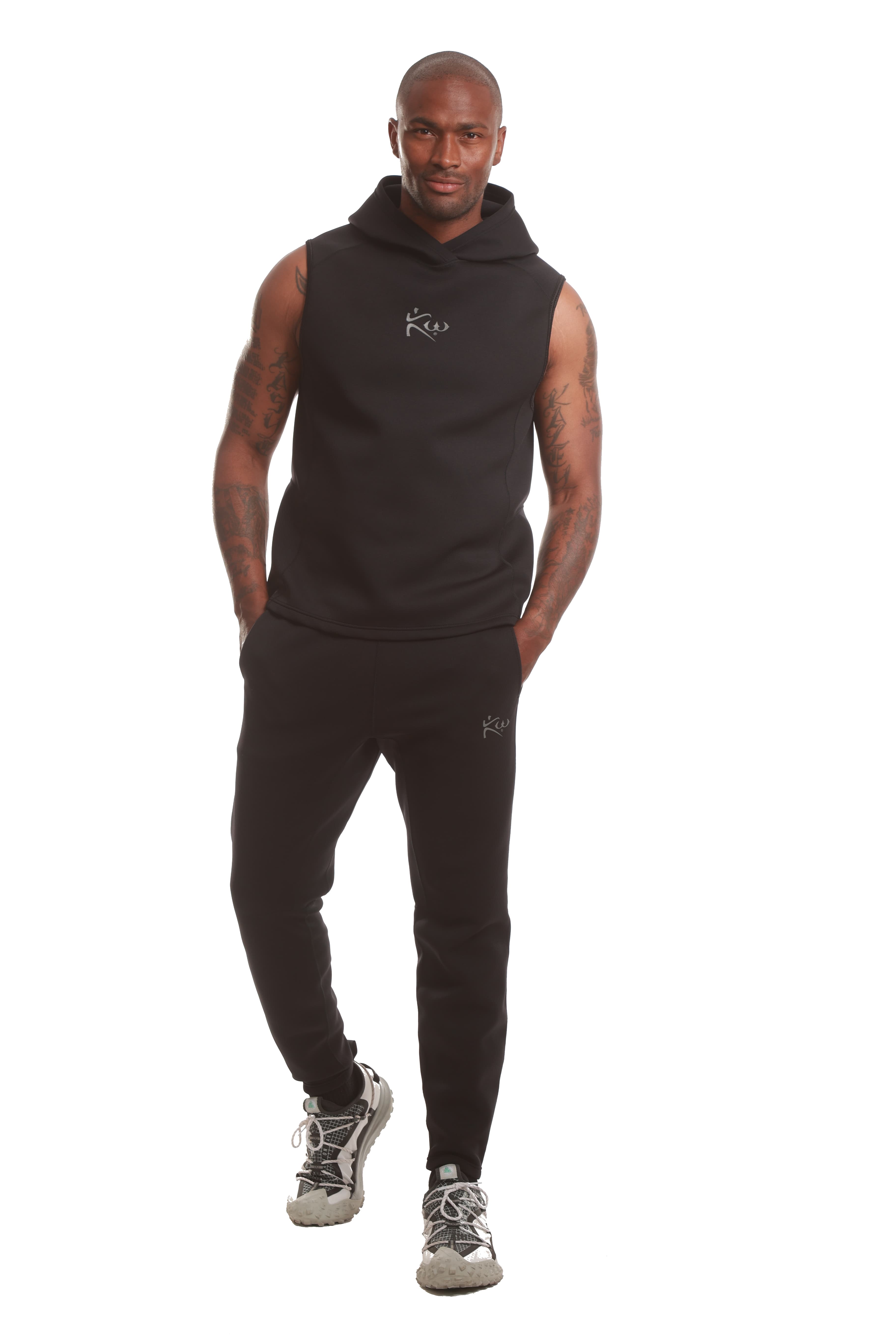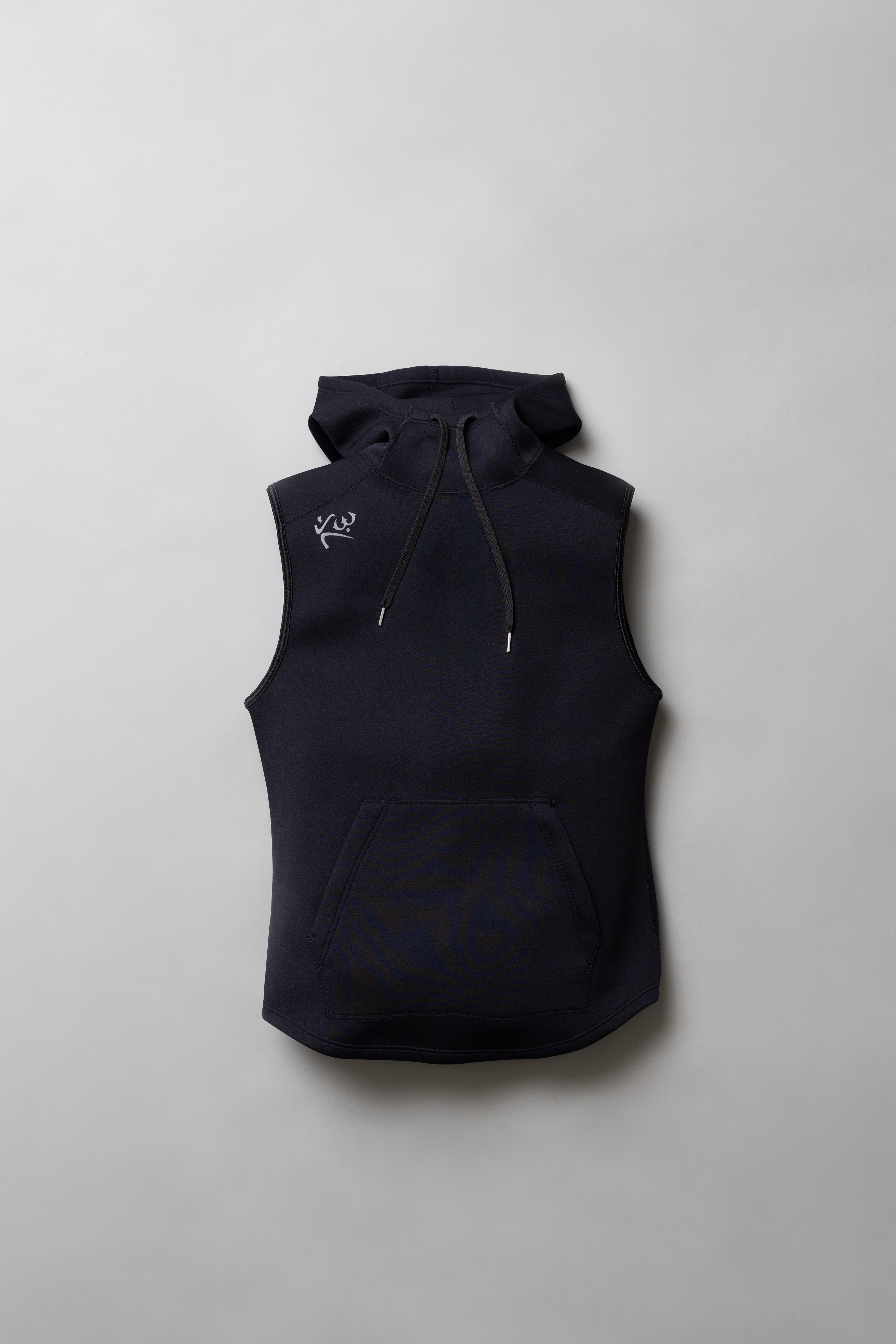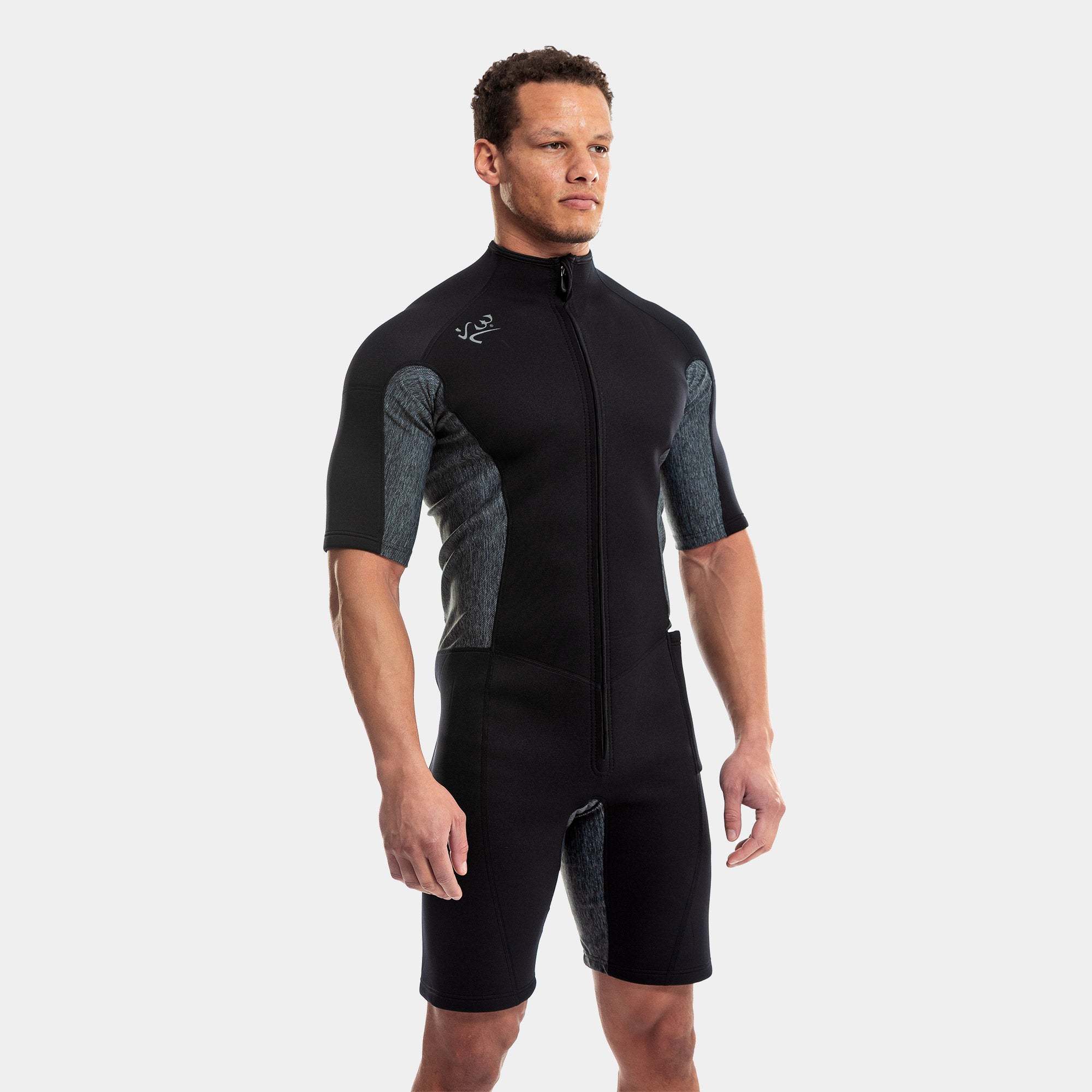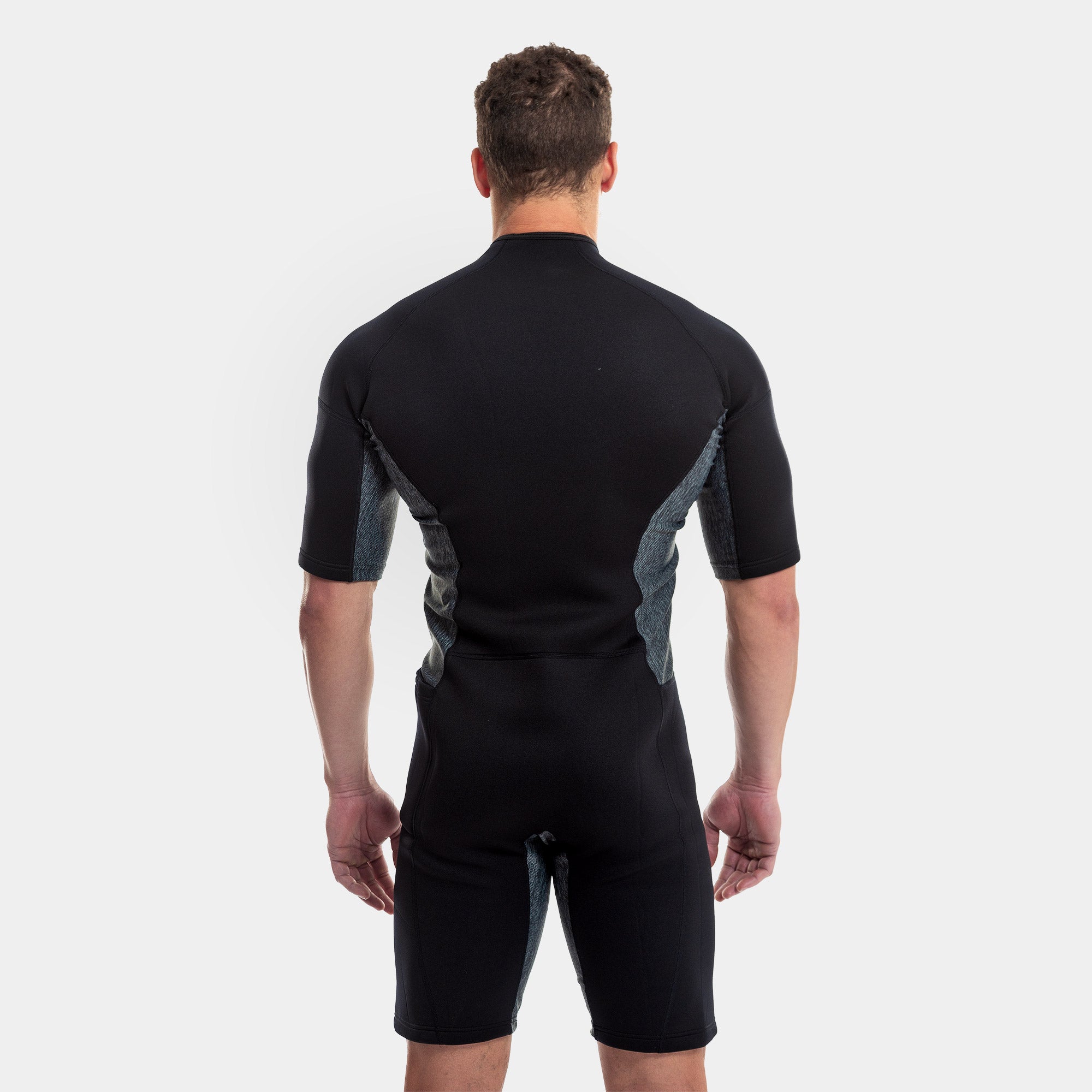Barefoot Running: Is it All Hype?
One of the latest fitness trends that you don’t need to look far to find involves wearing less. Barefoot running has exploded on to the scene, beckoning a loyal following as well as a harsh debate amongst fitness professionals. If you’re a runner, or if you just enjoy the occasional run through your local park, you may be wondering whether or not you should jump on the bandwagon.
Let’s take a look at the pros and cons of barefoot running to see if it’s right for you.

What is Barefoot Running?
It’s exactly what it sounds like. Professional barefoot runners slip out of their sneakers and socks and hit the pavement or dirt completely barefoot. For those who prefer not to chance stepping on glass or something sharp, barefoot running shoes, also known as minimalist shoes, are an option.
What’s the Deal with Barefoot Running?
Why would anyone in their right mind want to take themselves back to the era when we were wishing we had something to cover our feet?
For many barefoot running enthusiasts, it’s this idea of returning to the past that is fueling their drive. Barefoot advocates claim that this type of running offers several benefits including the following:
- Better alignment for your feet (supports a natural gait)
- Less stress (since a bare foot will lead with the ball of the foot, less stress will be dispersed to the ankles and knees)
- Reduced or eliminated pain
- Strengthens muscles, tendons and ligaments
The Catch of Barefoot Running
These benefits sound great but the catch is that there are not a sufficient number of studies to back up every claim. With that said, like anything, you want to take the benefits with a grain of salt.
Some studies do support the idea that barefoot running may be of benefit to those people with no previous running injuries and to those who are not at risk for ligament-related injuries. While barefoot running may not be a cure-all for your running woes, when administered appropriately, it may be just what you need to see a big difference in running posture, performance, and results.

I’m Ready to Do It. Now What?
If there is one thing that all studies have agreed on, it’s making sure you gradually build yourself up to barefoot running. If you kick off those sneakers and jump right into it, you may be over stressing your muscles and connective tissues. The result could be you being laid up for a few days.
Follow these easy steps to build yourself up into a barefoot running workout:
- Week 1: Walk/Light Jog: 10 minutes – 3 times per week
- Week 2: Walk/Light Jog: 15 minutes – 3 times per week
- Week 3: Walk/Light Jog: 20 minutes – 3 times per week
- Week 4: Walk/Light Jog: 25 minutes – 3 times per week
- Week 5: Walk/Light Jog: 30 minutes – 3 times per week
- Week 6: Light Jog/Run: 10 minutes – 3 times per week
- Week 7: Light Jog/Run: 15 minutes – 3 times per week
- Week 8: Light Jog/Run: 20 minutes – 3 times per week
- Week 9: Light Jog/Run: 25 minutes – 3 times per week
- Week 10: Light Jog/Run: 30 minutes – 3 times per week
- Week 11: Run: 30 minutes – 3 times per week
- Week 12: Run: 35 minutes – 3 times per week
- Week 13: Run: 40 minutes – 3 times per week
- Week 14: Run: 45 minutes – 3 times per week
Once you’re able to safely and comfortably perform 45 minutes of barefoot running, you can adjust your schedule to account for your goals. For example, increasing the time to 60 minutes or decreasing the time and performing sprints.
Tell Us What You Think!
Have you tried barefoot running?
What type of benefits did you see?
We want to hear about it in the comments section below!
Daniel E. Lieberman, Madhusudhan Venkadesan, William A. Werbel, Adam I. Daoud, Susan D’Andrea, Irene S. Davis, Robert Ojiambo Mang’Eni, & Yannis Pitsiladis. Foot strike patterns and collision forces in habitually barefoot versus shod runners. Nature 463, 531-535. 28 January 2010.
0 comments


